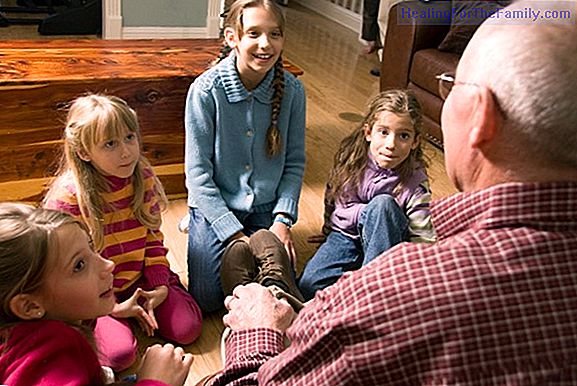Children's capoeira. Multicultural sports for children
More and more children are choosing capoeira to practice sports. In reality, capoeira is much more than a sport, it is a Brazilian cultural manifestation that mixes art and struggle, and that in practice is made under the sound of musical instruments such as the berimbau (photo), the tambourine and
More and more children are choosing capoeira to practice sports. In reality, capoeira is much more than a sport, it is a Brazilian cultural manifestation that mixes art and struggle, and that in practice is made under the sound of musical instruments such as the berimbau (photo), the tambourine and the atabaque. It is also a mixture of different customs and expressions such as fighting, dancing, rhythms, acrobatics, etc., confronted with each other.
The history of capoeira

The history of capoeira goes back to the 16th century, Brazil's period of colonization by Portugal and arises as an attempt to revolution black slaves (brought from Africa) in front of the colonizers' control. The techniques began to be formed, possibly, from African lands and then finished organizing and evolving in Brazil.
The slave guard was forbidden to blacks in the "senzalas" (place where they lived and slept), to exercise in a different way to any forced labor, but they did not worry about intervening in their cultural rituals. The slaves hid the fight in the dances and that's how they created capoeira, a mix of dance and music, which has lasted for many years.
Since 1972, capoeira was named a sport and an official technical regulation was drafted and approved by the Parliament of the Deputies in Brazil. At present, it is the second most played sport by Brazilians after soccer and is present all over the world, with approximately 20 million practitioners.
In addition to physical exercise, capoeira brings other skills such as playing instruments, singing and dancing. Among the many benefits it can bring to children, capoeira also stimulates coordination, rhythm, body expression, memory, posture, group work, integration, disinhibition, balance, agility and perception of space.
Read more about the benefits and the practice of Capoeira
Source of the article:
- Grupo Abada Capoeira Gato












